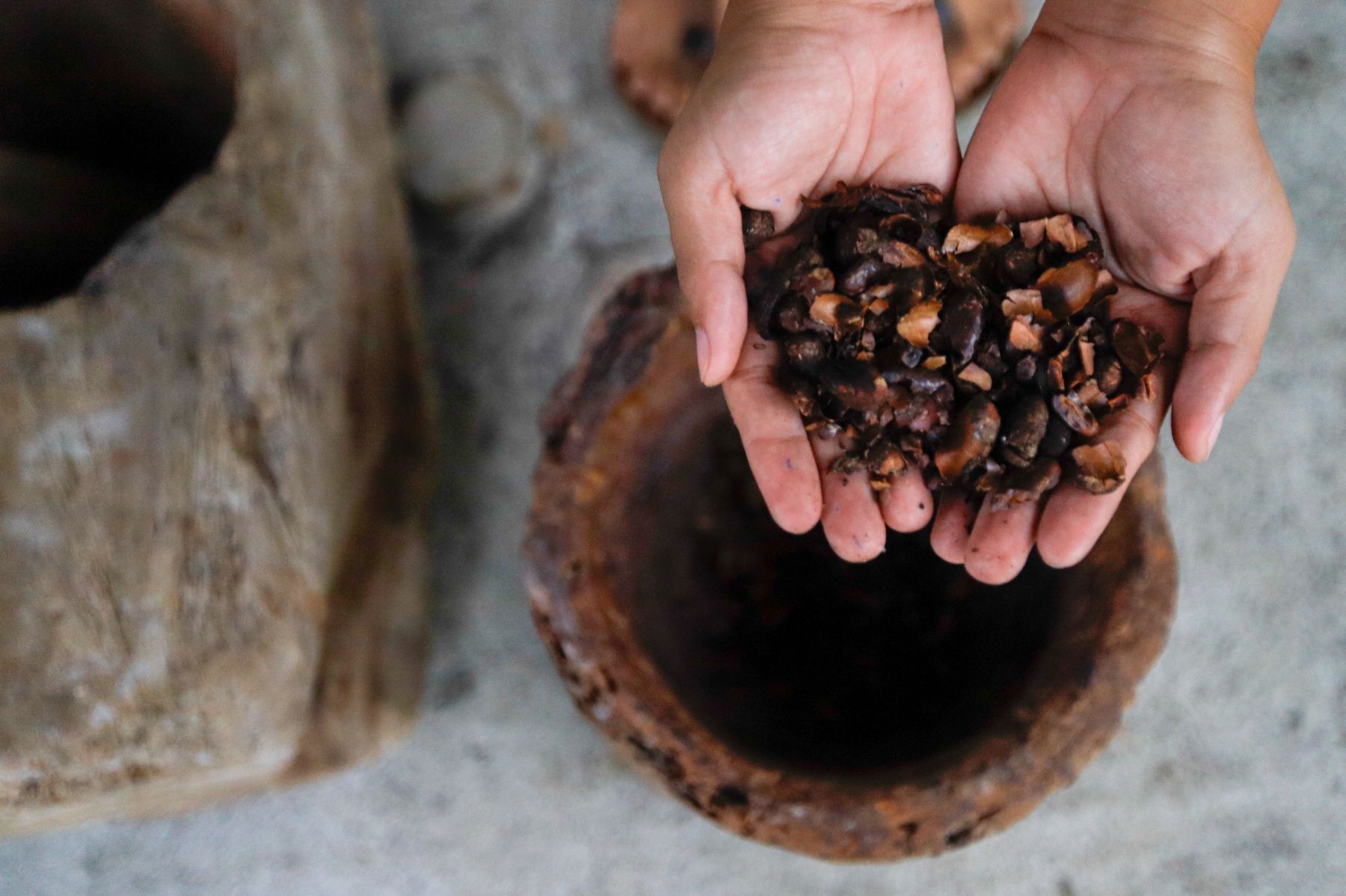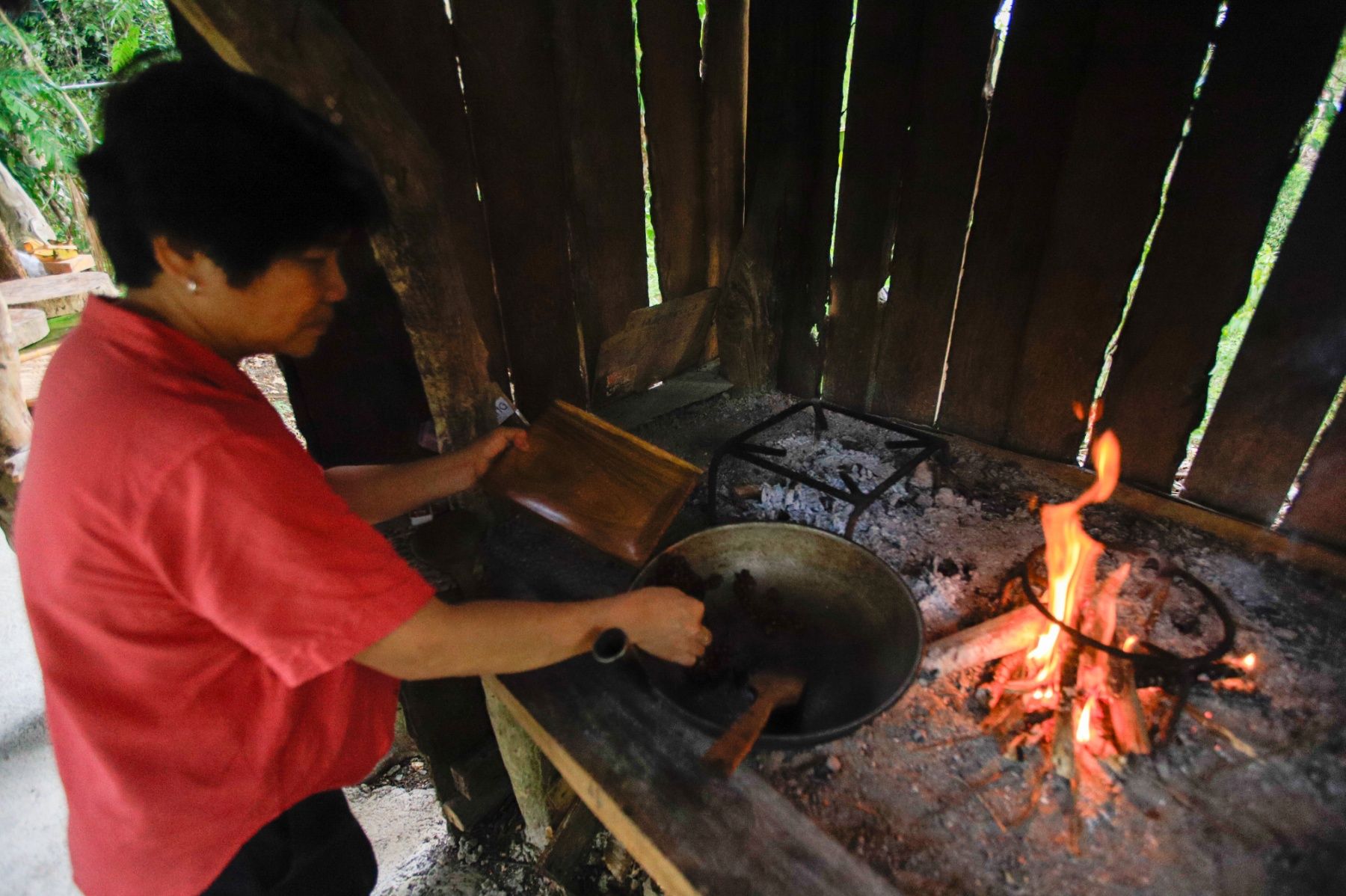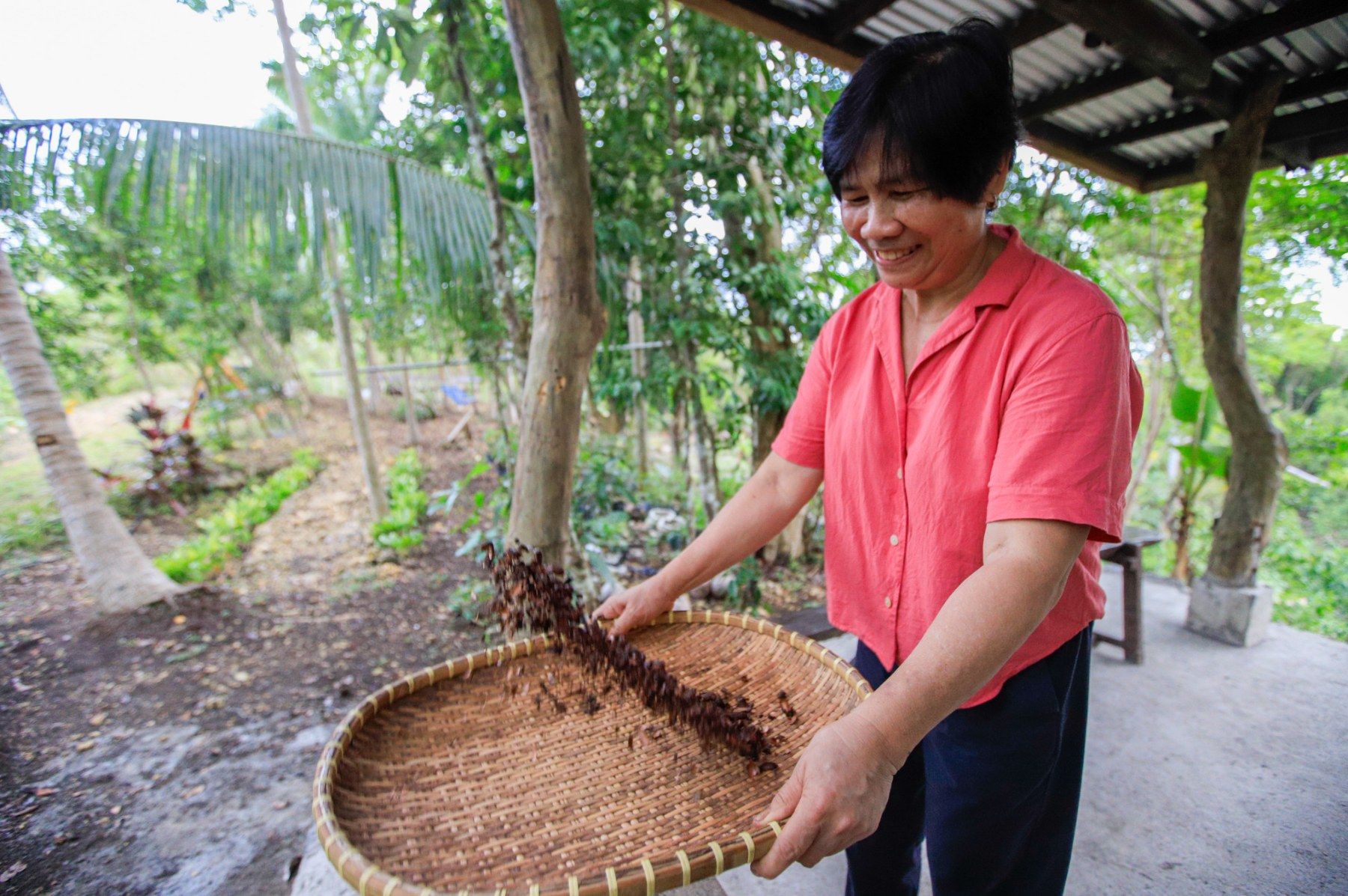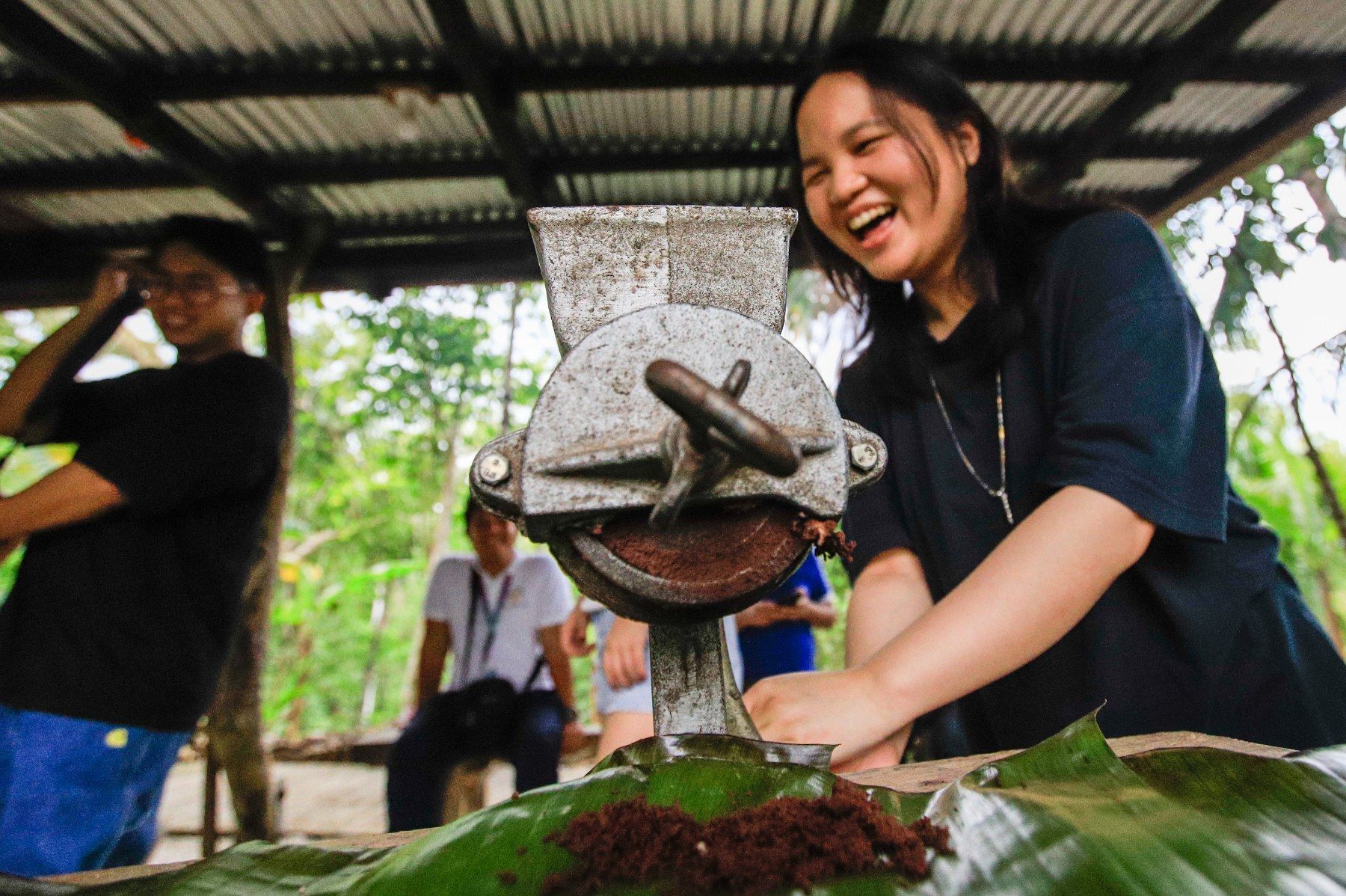Have you ever had chocolate made from scratch?
Learning how to make traditional tablea from this farm in Bohol
By Poch Eulalia
At A Glance
- Taking a sip of the pure hot chocolate might surprise the uninitiated, who might be expecting a sweet flavor.
Photos by NOEL PABALATE

Chocolates are an indulgence almost no one can refuse. While chocolate was never a native product of the Philippines, as it was brought over from Mexico by Spanish colonizers, a steady chocolate industry has since grown on our native soil. In areas like Central Visayas, a fixture of early morning routines includes consuming a cup of hot chocolate in its purest form, melted tablea bars made from fresh cacao. Often, the drink is paired with mangoes or suman.
Venturing out to the outskirts of Maribojoc in Bohol, Lasang Farm is one of the province’s popular agritourism spots. Started by entrepreneurs Ernesto and Nene Macabenta, the farm prides itself on teaching tourists how to make traditional tablea from cacao.
According to Ernesto, the 3.2-hectare (32,000 square meters) farm is home to over 1,500 cacao trees. Getting to the farm entailed a short hike, but a small feast of chocolatecovered mangoes, hot chocolate, and budbud (glutinous rice) made the trail worth it.
Taking a sip of the pure hot chocolate might surprise the uninitiated, who might be expecting a sweet flavor. In reality, pure hot chocolate has a stronger taste, sweetened only if mixed with a tablespoon of honey or sugar. Although the taste might not be for all, many enjoy it for its health benefits, which include lowering the risk of diabetes and heart disease, lowering blood pressure, and improving the mood and brain functions due to the flavonoids and antioxidants present in cacao.



To make tablea the traditional way, a fresh batch of cacao beans is harvested from the trees. These beans are then roasted using a hot pan made of either clay or cast iron. After a while, the beans are transferred to an albu ug lusong (large wooden mortar and pestle). Using the pestle, the beans are pounded and cracked to a fine powder. A nigo basket is used to winnow the cacao beans, separating the nibs from the husks. The resultant fine powder is placed on a board and ground further using a conch shell. This process is referred to as “conching.” In modern settings, a manual bean grinder is used to turn the powder into a finer paste. Once the cacao is ground, the paste is then molded into the desired shape and size using banana leaves. Finally, all that’s left to do is to harden the tablea by letting it cool in a dry place.
As lengthy and laborious as the process sounds, the result makes it worth it. Plus, there’s the added sense of accomplishment that just sweetens the experience.